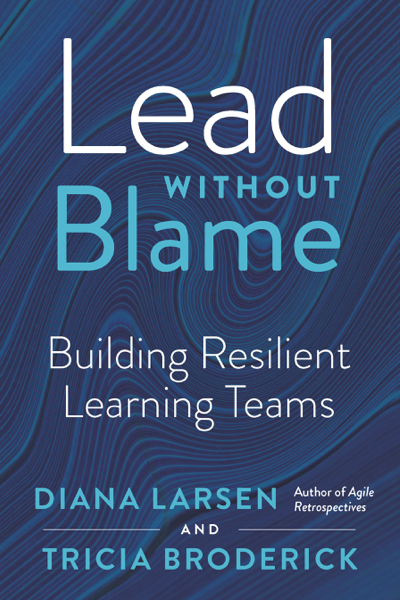Unfortunately, I cannot remember how I got this idea. I’m sure it was at a conference or talking with someone but I’m coming up blank. Sorry!
Meetings are rarely enjoyable. Even with an agenda, if the participants are not in a high performing state…sometimes I just want to shoot myself. Ok, not really but I definitely want to run to a bar right afterwards. Typically, I found myself stressing about a few common patterns (that are mostly my issue not anyone else’s):
- “Got it and in agreement! Let’s move on already” feeling. I get frustrated by repeating the same conversation over and over and over.
- “Would you participate already” feeling. I get frustrated when I feel someone should be taking ownership or getting engaged in the conversation but they are not.
- “What’s the follow up?” feeling. I’m a doer. I like to focus on operations and execution. I value vision and strategy conversations but I want tangible follow up next steps. I get frustrated when I’m concerned that we are going to drop the ball and not get results.
Ok, that’s plenty of exposing my shortcomings for the moment to continue with explaining this tool. I decided I would “heat-map” the next couple of meetings. My initial intent of this exercise was to help keep me from exploding – give me a focus during the meeting instead of getting frustrated.
So I started with just tracking who was talking. I created a little map of the meeting room, put the first initial in each spot and gave a tally mark when they talked. That didn’t really produce any new surprising information (see second issue from above). This did accomplish my initial intent of the exercise so I pushed further with it.
I started tracking the order of the talking (by a number) – the tone/heat of the talking by a color – when the repeats occurred by circling the number – who initiated follow-up by a underlining the number. This produced data that really realigned my frustrations to the right problems.
Here I was getting upset for people’s reactions (or lack of) and the reality was they were reacting (or not) due to deeper dynamics occurring in the meeting. Patterns of interactions started becoming clear. I could pretty much predict based on the heat map on whether there would be any follow-up at the end of the meeting. I could pretty much predict and more importantly, understand why someone wasn’t participating in the conversation or repeating themselves.
We get so involved in our meetings that we don’t see what’s really happening within the meeting. It took me stepping back as an observer to see the real problems and stop being frustrated at the symptoms. The latter was going to get us no where. The real problems were what had to actually be addressed. I just needed to step back and observe to see. In hindsight, this shouldn’t have been very eye opening. Every time I’ve joined a new team, I spend time in the observer mode and am able to bring several problems to light for our team to work on. I just needed to remember that this is not only valuable for joining a new team but when an existing team is in a rut.
When’s the last time you were just observing your team?




